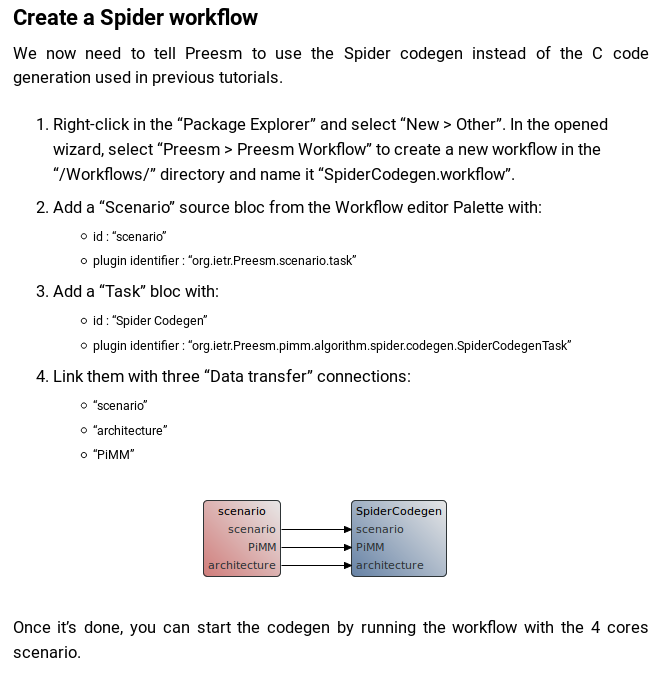PREESM (the Parallel and Real-time Embedded Executives Scheduling Method) is an open source rapid prototyping and code generation tool. It is primarily employed to simulate signal processing applications and generate code for multi-core Digital Signal Processors. PREESM is developed at the Institute of Electronics and Telecommunications-Rennes (IETR) in collaboration with Texas Instruments France in Nice.
| All branches | [Github Action] | SonarCloud |
|---|---|---|
| master | ||
| develop |
Documentation is available online at http://preesm.org/website/
Releases are available online:
- On the GitHub Releases Page to get Eclipse products;
- From the Eclipse Update Site to complement an already setup Eclipse;
See release notes.
This project is maintained by the Preesm maintainers. Contact us using one of the following:
- General information : [email protected]
- Technical support : https://github.com/preesm/preesm/issues
This project is distributed under the CeCILL-C license (see LICENSE file).


